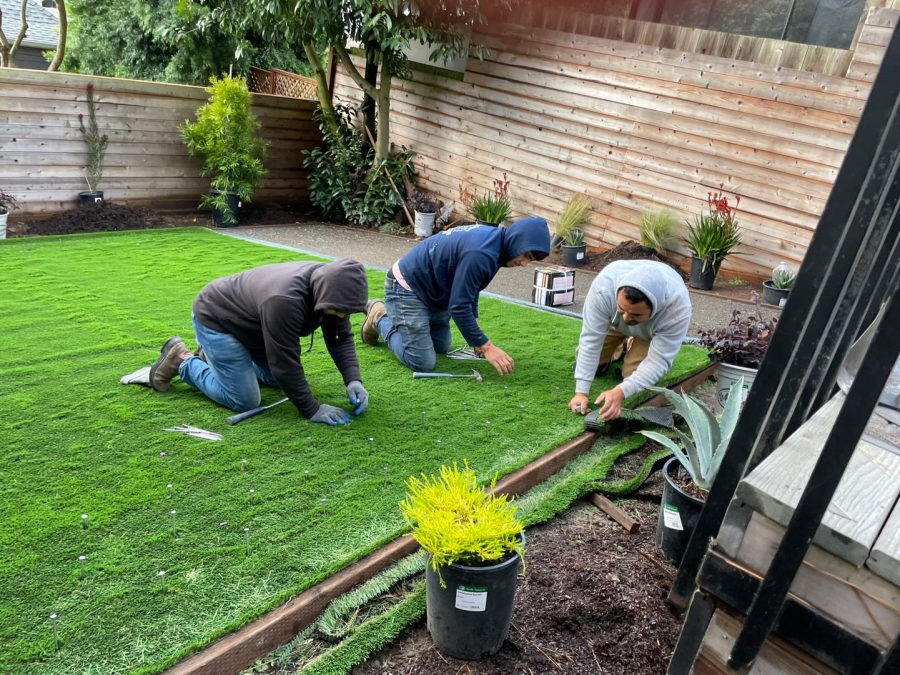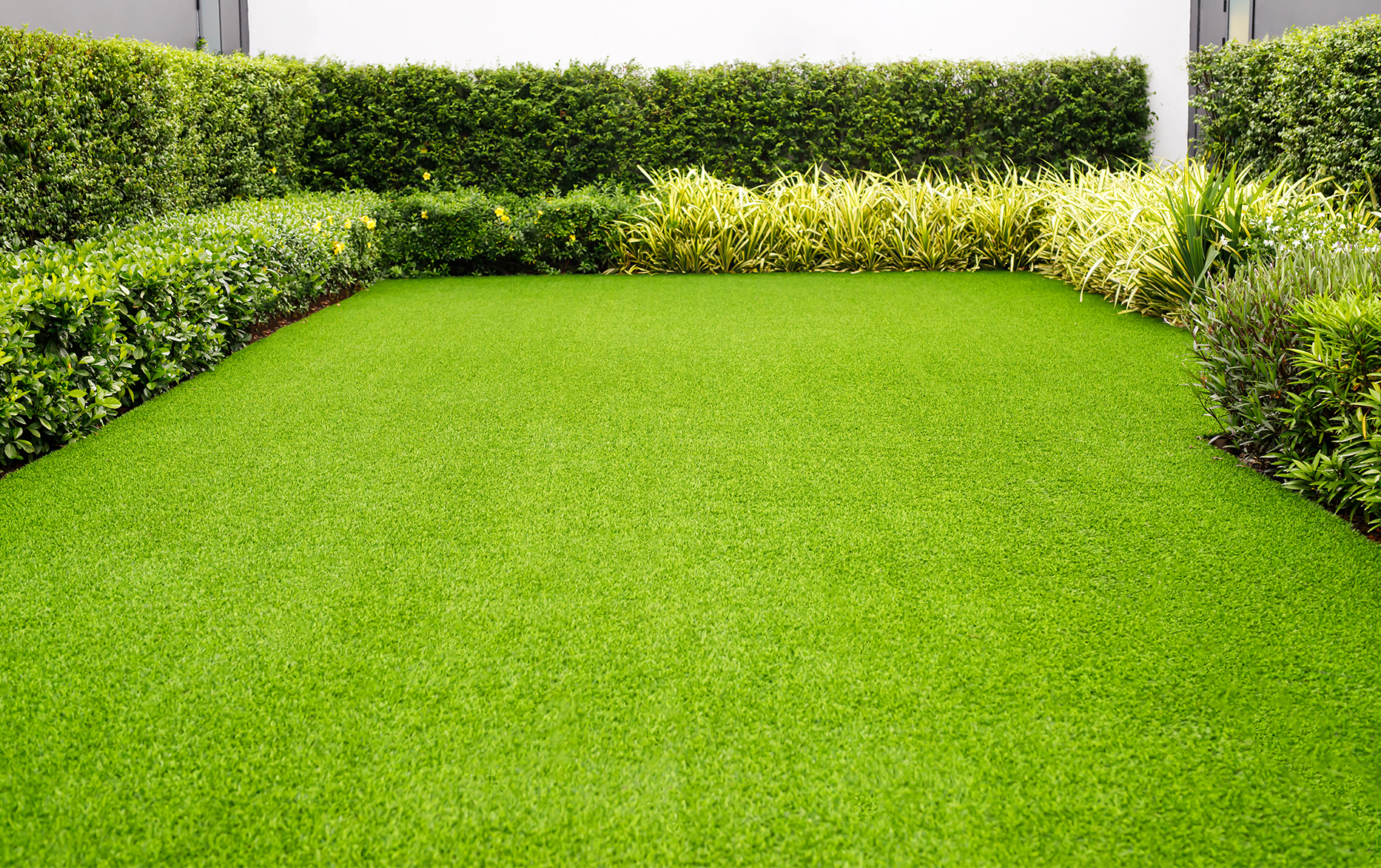Explore the Environmental Benefits of Opting for Synthetic Grass Solutions
The adoption of artificial lawn options presents a compelling possibility to deal with pressing environmental obstacles. By considerably reducing water use and minimizing the application of hazardous chemicals, these choices not just advertise sustainable landscape design but also secure local communities.
Water Conservation Benefits
One of the most substantial advantages of man-made grass is its capacity to save water. In comparison, artificial lawn does not require watering, substantially lowering the overall need for water sources.
By getting rid of the requirement for routine watering, synthetic grass adds to lasting landscape methods and helps minimize the environmental influence of too much water usage. In addition, the preservation of water expands to the decrease of drainage, which can bring about dirt disintegration and river air pollution.
Furthermore, the installation of fabricated lawn enables home owners and districts to allocate water sources extra effectively, concentrating on necessary uses such as alcohol consumption water and farming. The shift towards synthetic grass not only advertises liable water use however likewise straightens with wider environmental goals focused on protecting natural resources.
As neighborhoods increasingly focus on sustainability, the water preservation benefits of synthetic grass offer a compelling case for its adoption in household and business landscaping jobs.
Lowered Chemical Usage
The change to fabricated grass significantly reduces the reliance on chemical therapies typically utilized in all-natural lawn maintenance. Standard grass management typically includes the application of fertilizers, pesticides, and herbicides to promote development and control pests. These chemicals can present risks to human wellness, regional wildlife, and the atmosphere, contributing to dirt and water contamination.
In comparison, synthetic turf removes the demand for these hazardous compounds. By lessening the release of artificial substances right into the environment, artificial lawn advertises healthier soil and water systems.
In addition, the lack of chemical overflow associated with synthetic grass setups helps safeguard regional waterways from air pollution, supporting aquatic life and maintaining biodiversity. Arizona turf. As areas progressively focus on lasting methods, selecting synthetic grass presents a viable solution that lines up with environmental preservation goals. Via this shift, residential or commercial property owners can enjoy rich environment-friendly areas without compromising eco-friendly health, leading the way for an extra lasting future
Reduced Carbon Impact

Moreover, the setup of man-made grass can cause considerable water conservation. All-natural grass call for substantial amounts of water for watering, which not just contributes to the carbon impact related to water removal and treatment yet also pressures regional water resources. On the other hand, synthetic grass needs minimal upkeep, requiring no watering, thus dramatically lowering water usage and its connected power expenses.
Furthermore, the long life of synthetic grass contributes to its decreased carbon effect. With a life expectancy of approximately 15 years or even more, the demand for frequent substitutes is reduced, leading to much less waste and reduced energy usage in production and disposing of conventional lawn options. Generally, artificial turf presents a lasting alternative for eco aware landscape design.
Habitat Preservation
Environment preservation is a crucial consideration in the argument over landscape design options, especially when contrasting man-made lawn to all-natural lawn. Natural lawn lawns frequently need substantial upkeep, including using herbicides, pesticides, and fertilizers, which can adversely influence local communities. These chemicals can leach into the soil and rivers, damaging native plants and animals and interrupting neighborhood habitats.
On the other hand, synthetic turf presents an opportunity to lower the environmental impact of landscaping. By choosing synthetic lawn, house owners can minimize the disruption of natural habitats connected with typical yard care methods. Artificial grass gets rid of the requirement for unsafe chemicals, thereby securing nearby wild animals and keeping the stability of bordering ecosystems. In addition, the installation of synthetic grass can lead to the conversion of previous turf locations right into even more biodiverse landscapes, such as pollinator content yards or native plant locations, which can sustain local wildlife.
Ultimately, the transition to synthetic grass not just conserves water and decreases upkeep initiatives yet likewise more information cultivates a much more unified relationship in between human tasks and the natural surroundings, advertising environment preservation at the same time.
Long-Term Sustainability
Long-term sustainability is an important consider assessing the advantages of synthetic grass over typical grass lawns. Among one of the most significant advantages of man-made lawn is its toughness; it can last approximately 15-20 years with marginal maintenance, whereas all-natural grass needs constant reseeding and substitute. This durability decreases the need for continuous resources, such as water, fertilizers, and chemicals, which are important for preserving a healthy and balanced yard lawn.
Furthermore, synthetic grass adds to a reduction in carbon exhausts related to lawn care equipment. Typical grass usually call for gas-powered lawn mowers, leaners, and blowers, all of which add to air contamination. Phoenix turf companies. On the other hand, synthetic grass gets rid of the demand for such equipment, advertising a cleaner setting
Furthermore, the production of synthetic grass progressively uses recycled materials, enhancing its sustainability account. As manufacturers adopt green techniques, the environmental footprint of synthetic grass remains to decrease.

Final Thought
The fostering of synthetic grass services read the article presents significant ecological advantages, consisting of substantial water conservation, decreased reliance on hazardous chemicals, and a lower carbon impact. Synthetic grass help in preserving natural habitats by minimizing land disruption and advertising lasting sustainability through the use of resilient products. Collectively, these elements underscore the possibility of artificial lawn to contribute positively to environmental health and provide a feasible alternative to standard landscaping methods in a progressively resource-conscious globe.
In comparison, man-made turf does not need watering, substantially reducing the general need for water sources. By reducing the launch of synthetic compounds into the ecological community, artificial grass promotes much healthier dirt and water systems.
In addition, the installment of man-made grass can result in significant water preservation. In comparison, fabricated grass needs very little maintenance, calling for no watering, therefore significantly minimizing water use and its linked energy prices.
